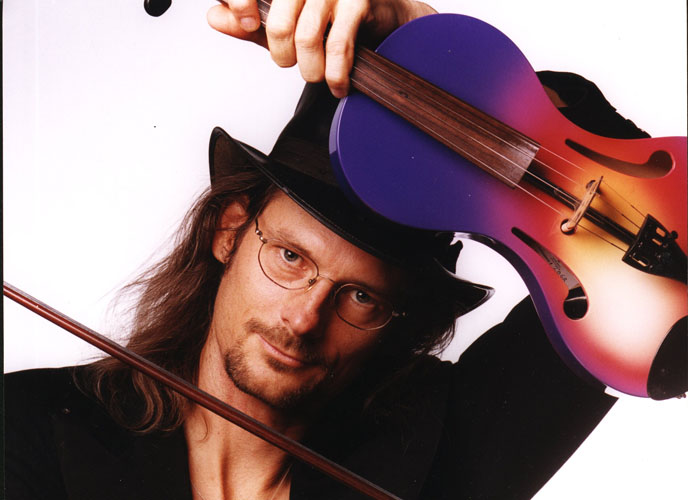 Andrew Clermont. Although they are essentially the same kind of musical instrument, image-wise no two are as diametrically opposed as the fiddle and the violin. Mention the word “violin” and you see a well-groomed performer, dressed in a formal tuxedo in a brightly lit concert hall playing before a hushed audience also dressed in tuxedos or gowns. But, blurt out the word “fiddle” and you see a barn filled with overalls and colorful plaids, stomping their feet, clapping their hands and jumping all over the place in a riotous dance. As an old cliché goes, “The violin sings, the fiddle dances”.
Andrew Clermont. Although they are essentially the same kind of musical instrument, image-wise no two are as diametrically opposed as the fiddle and the violin. Mention the word “violin” and you see a well-groomed performer, dressed in a formal tuxedo in a brightly lit concert hall playing before a hushed audience also dressed in tuxedos or gowns. But, blurt out the word “fiddle” and you see a barn filled with overalls and colorful plaids, stomping their feet, clapping their hands and jumping all over the place in a riotous dance. As an old cliché goes, “The violin sings, the fiddle dances”.
Because of its down-to-earth function, the fiddle has become a generic term for any bow stringed musical instrument. It can refer to anything from the violin to the cello or the double bass. It can even refer to lesser known instruments like the Chinese erhu or the Welsh crwth.
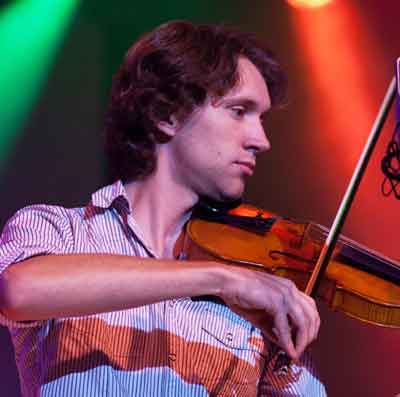 George Jackson. In country music, the fiddle was there ahead of the banjo and the guitar. The instrument goes all the way to the 10th century and the origin of the word “fiddle” is vague. Some say it is Germanic or Icelandic but no one can be certain. Throughout history the fiddle has been linked with dance, so a fiddler who needed to keep the dance beat would push his instrument to much louder volumes than would a violinist.
George Jackson. In country music, the fiddle was there ahead of the banjo and the guitar. The instrument goes all the way to the 10th century and the origin of the word “fiddle” is vague. Some say it is Germanic or Icelandic but no one can be certain. Throughout history the fiddle has been linked with dance, so a fiddler who needed to keep the dance beat would push his instrument to much louder volumes than would a violinist.
Fiddle playing spans a wide variety of ethnic or folk styles. In American fiddling, you have distinctive fiddling sounds for blues, bluegrass, Cajun, country, rock, jazz, Western swing and Zydeco. The latter is a form of folk music that came out of Louisiana, inspired by Creole music. Because Creoles were mostly Catholic, Zydeco fiddling found its way to Catholic community centers, then to rural dance halls and nightclubs. The fiddle figures in Forro in Brazil; Gypsy music in the Balkans; Metis, Acadian and Cape Breton in Canada; Clare, Donegal and Sliab Luachra in Ireland; Mariachi in Mexico; Hardanger in Norway and other countries you care to name.
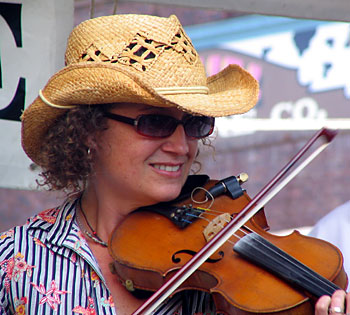 Clare O'Meara. As often happens in music, styles tend to encroach on each other's turf. Young country fiddlers borrowed some styles from classical violinists like Fritz Kreisler, and bluegrass fiddling cribbed from French swing. In the pre-WW II years, Roy Acuff and Bob Wills, two of the best-known band leaders, were fiddlers, who yielded, nevertheless, to the more accomplished fiddlers in their bands. Western swing fiddlers improvised with sounds from jazz fiddlers and honky tonk country sounds blended with other styles in the post-war years. The fiddle continues to be a mainstay in country music, especially in the most popular American fiddling styles of Texas, bluegrass, Cajun and old time, but well-known fiddlers today still draw on influences from blues, jazz and rock.
Clare O'Meara. As often happens in music, styles tend to encroach on each other's turf. Young country fiddlers borrowed some styles from classical violinists like Fritz Kreisler, and bluegrass fiddling cribbed from French swing. In the pre-WW II years, Roy Acuff and Bob Wills, two of the best-known band leaders, were fiddlers, who yielded, nevertheless, to the more accomplished fiddlers in their bands. Western swing fiddlers improvised with sounds from jazz fiddlers and honky tonk country sounds blended with other styles in the post-war years. The fiddle continues to be a mainstay in country music, especially in the most popular American fiddling styles of Texas, bluegrass, Cajun and old time, but well-known fiddlers today still draw on influences from blues, jazz and rock.
Incidentally, the exclamation “fiddlesticks” comes from the practice of the fiddler's partner drumming on the neck of the fiddle with a pair of thin sticks. The percussive sound harmonizing with the melody gives the fiddle an extra dimension.
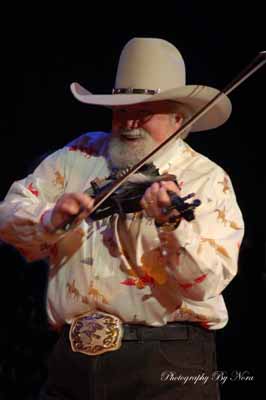
Charlie Daniels.
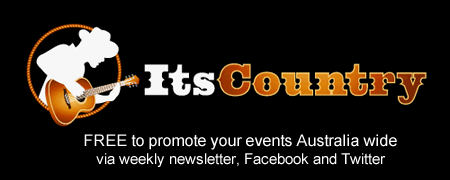
 Subscribe to RSS Feed
Subscribe to RSS Feed